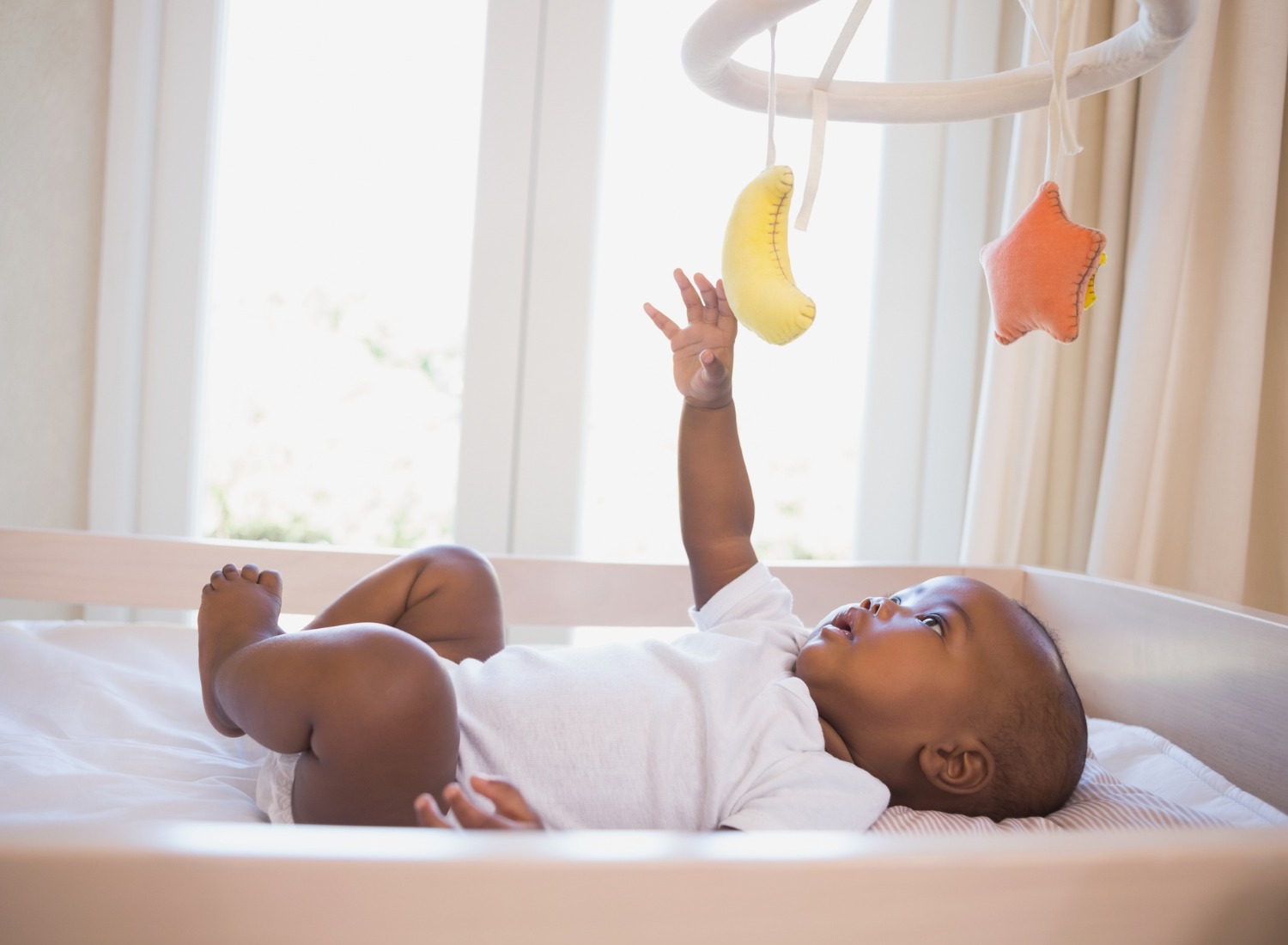When Can Babies Self Soothe and How to Safely Guide Them

Parenting is a rollercoaster of emotions, with moments of joy and exhaustion intertwined. One of the most eagerly awaited milestones for parents is the day their baby can self-soothe, offering a glimpse into a future of better sleep and more peaceful days. But when exactly does this transformation occur, and how can you safely guide your little one toward mastering the art of self-soothing?
In this blog, we will delve into the fascinating world of baby self-soothing. We’ll explore the typical timeline for when this skill begins to emerge and provide you with a toolkit of safe and effective strategies to assist your baby on this developmental journey. So, if you’re a parent seeking answers to those sleepless nights and fussy moments, read on to discover the secrets of when babies can self-soothe and how to ensure they do so safely.
What is Self-Soothing?
Self-soothing is the ability to regulate one’s emotions and comfort oneself without external help. While adults have mastered this skill, babies are still developing it. Newborns rely on their caregivers for everything—from feeding to changing diapers to soothing. But as your baby grows, they gradually begin to learn how to comfort themselves. Self-soothing is not only important for the baby’s emotional development but also for the sanity of sleep-deprived parents.
When Can Babies Begin to Self-Soothe?
The timeline for when babies can start self-soothing varies from one child to another. Generally, it begins to emerge between 3 to 6 months of age, though some babies may take longer. It’s essential to remember that self-soothing is a developmental skill, and like all developmental milestones, it happens at different paces for different babies.
Around the three-month mark, babies often start to exhibit self-soothing behaviors. They may suck on their fists or fingers, turn their heads, or even start to find comfort in a pacifier. However, these early self-soothing behaviors are more of a reflex and not a conscious skill. The true self-soothing, where the baby can intentionally calm themselves down, typically comes a bit later.
By six months, most babies have developed the capacity to self-soothe. They may be able to find their thumb or a favorite soft toy, and by doing so, they start learning to cope with discomfort or upset feelings independently. It’s important to note that while self-soothing may begin at this age, it doesn’t mean your baby can consistently self-soothe every time they’re upset.
Strategies for Safely Guiding Your Baby Towards Self-Soothing
Provide comfort objects
Introduce a soft, safe comfort object such as a blanket or a stuffed animal to your baby. These items can serve as sources of comfort when they need it. Make sure the items are age-appropriate and free from small parts that could pose a choking hazard.
Establish a consistent routine
Babies thrive on routines. Creating a consistent bedtime routine can help signal your baby that it’s time to wind down and self-soothe to sleep. This might include a warm bath, reading a book, or singing a lullaby.
Use a pacifier
Pacifiers can provide a soothing mechanism for babies. They satisfy the baby’s instinct to suck and can be especially helpful during bedtime.
Avoid rushing in
When your baby starts to fuss or cry, it’s essential not to rush in immediately. Give them a moment to try to self-soothe. Of course, if the cries are intense or distressing, you should attend to your baby’s needs promptly.
Gradual sleep training
If you’re comfortable with it, consider sleep training techniques that encourage self-soothing. This can involve methods like the Ferber method, where you gradually increase the time between comforting visits to allow your baby to learn to self-soothe during nighttime awakenings.
Teach self-calming techniques
As your baby grows, you can gently teach them self-calming techniques, such as deep breathing and mindfulness. These skills will be invaluable as they grow and encounter more complex emotions.
Be patient
Remember that learning to self-soothe is a gradual process. Your baby will have good and bad days—sometimes, they may need more comfort from you. Be patient and supportive as they navigate this skill.
Responsive parenting
While encouraging self-soothing is beneficial, it’s equally important to practice responsive parenting. Responding to your baby’s needs and providing comfort and assurance when required will build a strong foundation of trust. Use a baby carrier if needed, as it allows you to maintain a strong physical and emotional bond with your little one, further fostering their sense of security and comfort.
It’s essential to remember that each baby is unique, and there’s no one-size-fits-all approach to self-soothing. What works for one child might not work for another, and that’s perfectly normal. Pay attention to your baby’s cues, and adapt your strategies accordingly.
Conclusion
Self-soothing is an important skill that babies gradually develop. It’s not a sign of neglect but a crucial milestone in their emotional development. By providing a safe and nurturing environment, introducing comforting tools, and being responsive to your baby’s needs, you can help them along this path. Remember that the journey to self-soothing is gradual, so be patient and understanding as your baby learns to navigate their emotions independently.